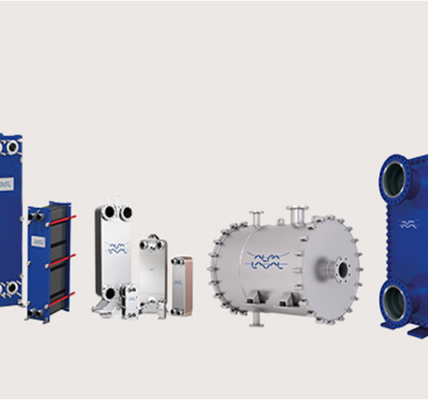A disengaged and unmotivated workforce can significantly obstruct a company’s potential for long-term growth and achievement. Contributing factors such as toxic workplace dynamics, insufficient pay, unmanageable workloads, and ongoing stress can drain productivity and reduce profitability. When these issues go unaddressed, they often lead to low morale, inefficiencies, and stalled progress.
To counter these effects, companies must intentionally foster a workplace rooted in inclusivity, encouragement, and holistic employee care. In the current competitive hiring climate, employee wellness is not just a benefit—it’s a critical pillar of organizational resilience. More and more businesses are acknowledging the value of creating environments that nurture health, satisfaction, and engagement.
Organizations that succeed in this area adopt an all-encompassing strategy, tending to emotional well-being, financial security, social connections, and a healthy company ethos. This kind of investment frequently results in decreased turnover, deeper loyalty, and more energized participation from employees.
HR PEO firms are instrumental in helping businesses bring these goals to life. They collaborate with leadership to craft wellness programs that are tailored to the workforce, streamline benefits, and shape workplace policies that balance corporate objectives with employee needs. By doing so, they help foster stronger team bonds, higher morale, and increased satisfaction across the board.
When companies prioritize well-being, the returns are tangible for everyone involved. Access to mental health support, growth opportunities, and flexible working conditions gives employees the tools and confidence to thrive—while reinforcing their importance within the organization. These measures often lead to more collaborative teams, greater innovation, and enhanced organizational stability.
Extensive research continues to support the link between wellness efforts and stronger business outcomes, including increased retention, better workplace engagement, and overall performance gains. When people feel seen, supported, and cared for, they naturally become more invested in the company’s success.
Establishing a culture centered on well-being takes careful thought and continued dedication. Employers can implement resources like Employee Assistance Programs (EAPs), wellness-oriented group activities, and adaptable work schedules. Simultaneously, refining compensation packages, expanding benefit options, and offering remote work opportunities can ensure companies stay relevant in a shifting job market.
For more strategies on nurturing a healthier, more motivated workforce, check out the infographic below.





